Your Dishwasher’s Secret Talents: A Pro’s Guide to Cleaning More Than Just Plates
So, early in my career as an appliance tech, I got a service call for a dishwasher that was putting out a truly horrible smell. The second I walked in the door, the smell of burnt plastic just hit me like a wall. I opened the machine, and there it was: a little toy soldier, melted completely onto the heating element at the bottom. It must have fallen from the top rack right into the line of fire during the heated dry cycle.
In this article
- First Things First: How Your Dishwasher Actually Works
- The Pre-Wash Checklist: My 5 Golden Rules
- The Big Question: Can You Mix These Items With Your Dishes?
- What You Can Actually Clean in There: A Pro’s Breakdown
- Oops… What to Do When a Dishwasher Hack Goes Wrong
- The Red List: NEVER Put These in Your Dishwasher
- Final Thought: Respect the Tool
- Galerie d’inspiration
That little mishap ended up costing the homeowner a new heating element—a repair that can easily run you $150 to $250 between parts and labor. It also taught me a lesson I’ve never forgotten: a dishwasher is an incredible tool, but it’s not magic. If you want to use it for things other than dishes, you have to know what you’re doing.
Over the years, I’ve seen it all. I’ve fixed machines wrecked by well-meaning “life hacks” and helped commercial kitchens dial in their sanitation. This guide isn’t about pulling off some surprising party trick. It’s about using your machine intelligently so you can clean things safely and effectively, without ending up on the phone with a technician like me.
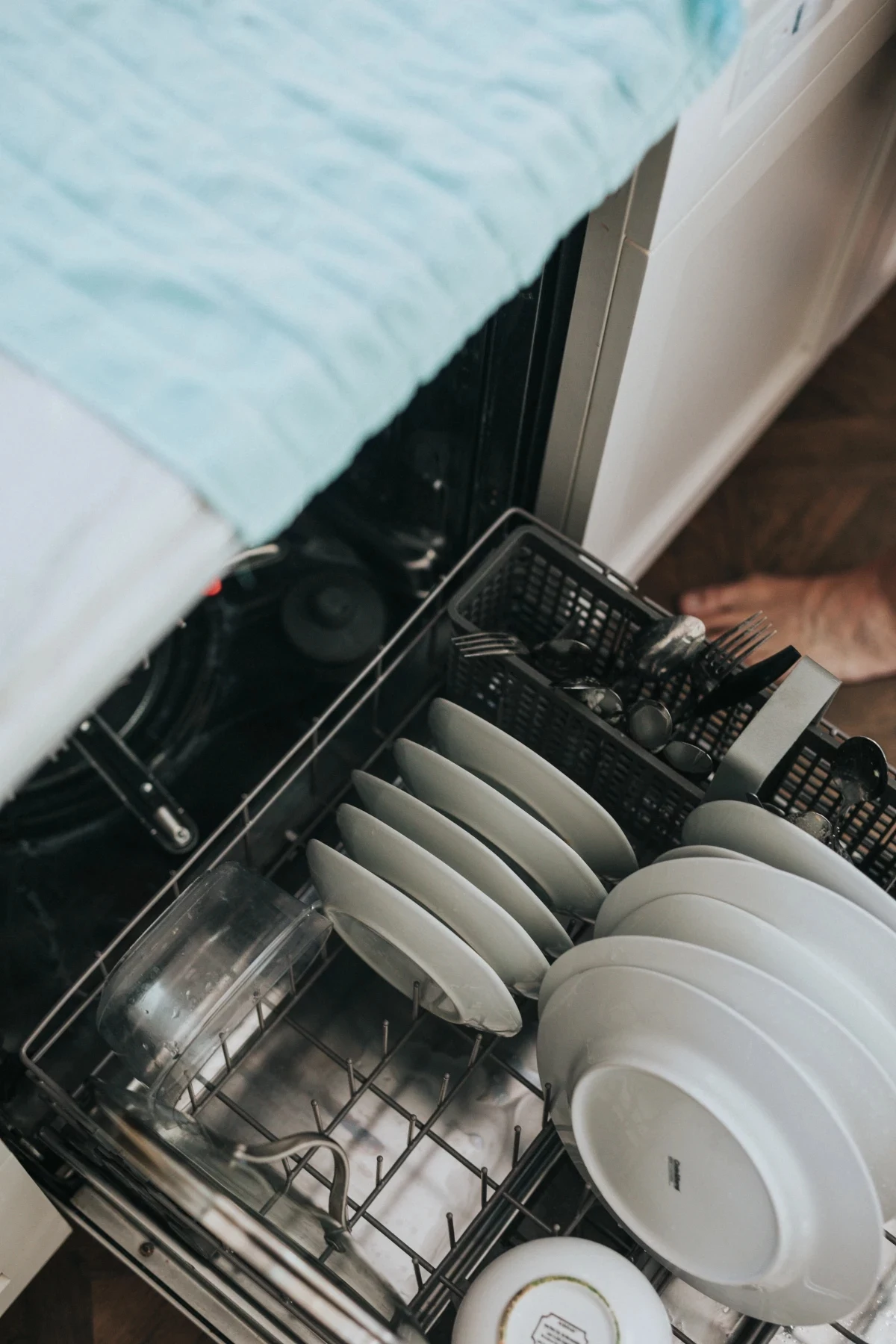
First Things First: How Your Dishwasher Actually Works
Before you even think about tossing something unusual in there, you need to understand what’s happening behind that door. It’s a pretty intense environment, a mix of high-pressure water, serious heat, and powerful chemicals.
The Power of the Spray
Those spray arms aren’t just gentle sprinklers; they’re more like targeted pressure washers. They spin and blast water jets designed to strip stuck-on food from hard surfaces like ceramic and glass. That mechanical force can be way too much for delicate items. And here’s a key detail: the bottom spray arm is always more powerful than the top one. It does the heavy lifting for pots and pans, which is why fragile stuff always goes on the top rack.
The Heat is On (And It’s a Big Deal)
A normal wash cycle gets the water up to around 120-140°F, which is pretty hot. But the ‘Sanitize’ cycle? That’s a whole different animal. To earn its sanitation certification, a dishwasher has to hit a final rinse temperature of at least 150°F. This is fantastic for killing 99.999% of bacteria on your dishes, but that intense heat can warp, melt, or ruin a lot of other materials. Then there’s the ‘Heated Dry’ function, which is often the real culprit. It uses that exposed heating element to bake everything dry with radiant heat—a death sentence for many plastics.
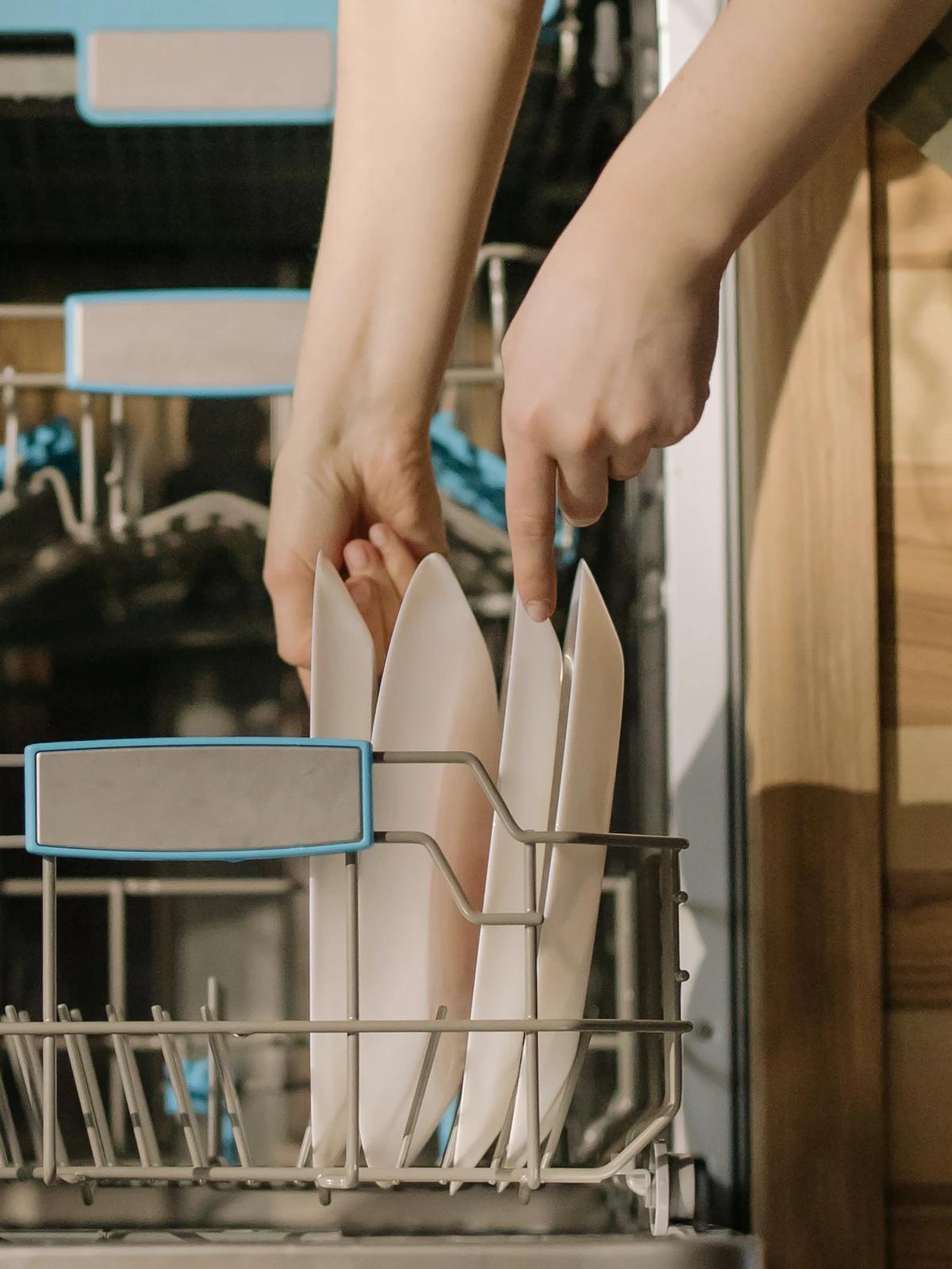
The Chemical Side of Clean
Dishwasher detergent is no joke. It’s packed with enzymes to break down food and bleach-like agents to fight stains. It’s formulated for durable dishes, not delicate items. And please, I’m begging you, never, ever use regular liquid dish soap in your dishwasher. It doesn’t have the same formula and will create a mountain of suds that will pour out of the machine, potentially damaging your floor and the dishwasher itself. It’s a messy and expensive mistake.
The Pre-Wash Checklist: My 5 Golden Rules
Follow these rules, and you’ll avoid 90% of the potential disasters. I teach these to every new tech I train.
- Top Rack is Your Friend. It’s farther from the intense main spray jet and, more importantly, it keeps items away from the scorching hot heating element at the bottom of the tub. When in doubt, top rack it out.
- Secure Small and Loose Items. Anything that can fall through the rack is a hazard. To prevent another toy soldier tragedy, use a dishwasher-safe mesh bag for small parts. You can find these online or at stores like Target for about $5-$10. Just secure the bag to the top rack.
- Know Your Materials. Look for a ‘dishwasher safe’ label. For plastics, the recycling numbers can give you a clue—
2 (HDPE),
4 (LDPE), and
5 (PP) are generally safer. A good rule of thumb: if the plastic feels flimsy, don’t risk it. And heads up, never wash plastic
1 (PET), like disposable water bottles; they warp easily and can leach chemicals in high heat.
- ALWAYS Skip the Heated Dry Cycle. I can’t stress this enough. This is the #1 cause of melted and warped items. Always choose ‘Air Dry’ or ‘No Heat Dry.’ When the cycle is done, just prop the door open an inch to let everything air dry completely.
- Clean Your Filter After a Grimy Job. If you’re washing something really dirty (like garden tools), give your filter a quick clean afterward. It’s usually at the bottom of the tub. Just twist it out, rinse it under the tap to remove any grit, and twist it back in. It takes 30 seconds and prevents that gunk from ending up on your next load of dinner plates.
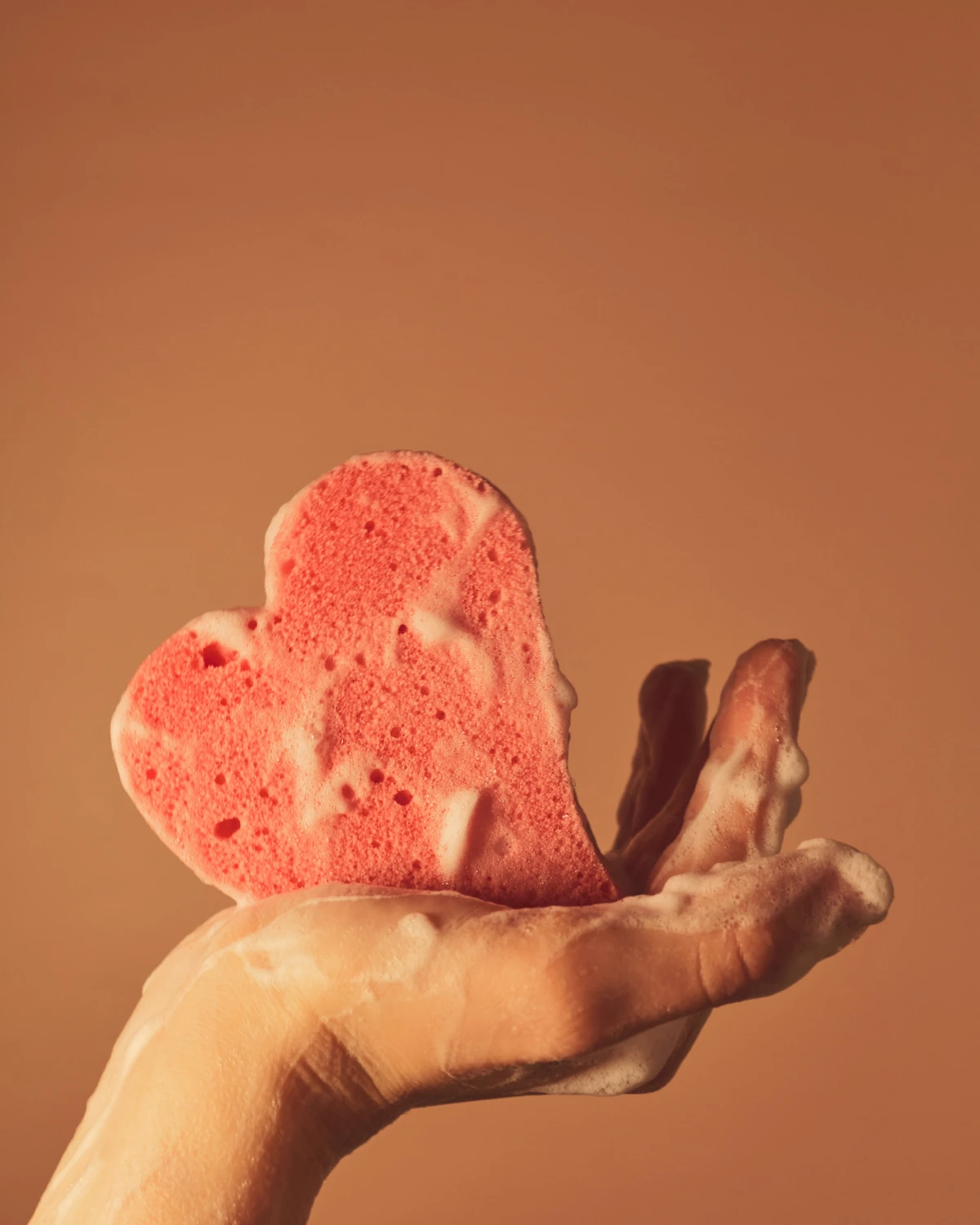
The Big Question: Can You Mix These Items With Your Dishes?
This is a great question. Honestly, it depends on what you’re washing.
For relatively clean items like sanitizing a kitchen sponge, a baseball cap, or plastic toys, it’s perfectly fine to run them with a regular load of dishes. No problem at all.
But for anything truly filthy—we’re talking muddy car floor mats, greasy grill grates, or garden tools caked in dirt—you should absolutely run them in a separate, dedicated load. You don’t want all that grime circulating around your plates and glasses. After a load like that, it’s also a good idea to run a quick, empty ‘Rinse’ cycle just to flush the system clean.
What You Can Actually Clean in There: A Pro’s Breakdown
Here are some of the items that get a green light, as long as you follow the rules above.
Your Quick Win: Kitchen Sponges & Silicone Scrubbers
A kitchen sponge is a paradise for germs. The dishwasher’s ‘Sanitize’ cycle is your best weapon against that. Just stick the sponge in the silverware basket or wedge it onto a tine on the top rack. It kills the germs, but remember, it doesn’t make an old, falling-apart sponge new again. Sanitize it every few days and replace it every couple of weeks.
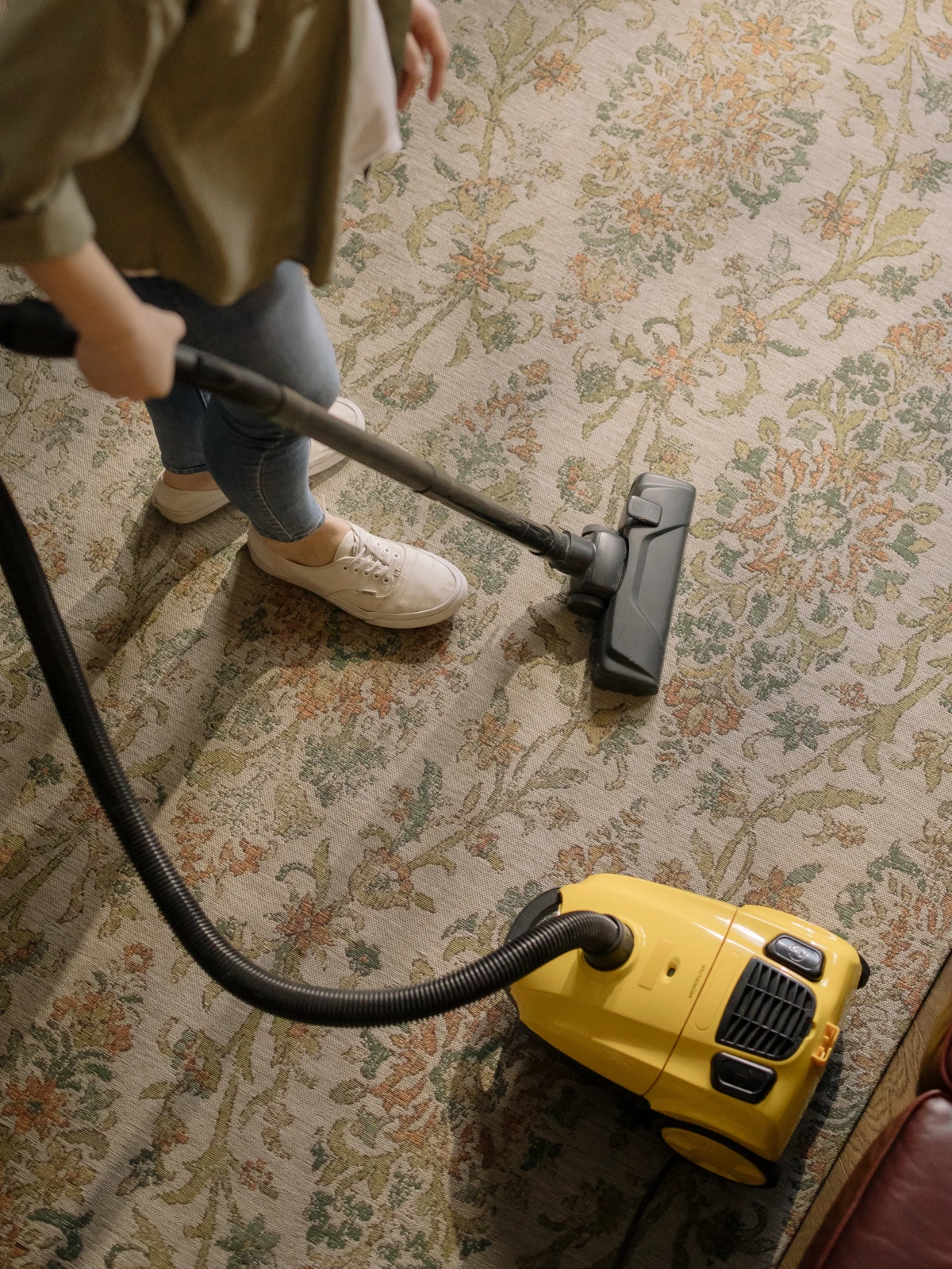
Vacuum Cleaner Attachments
Those plastic crevice tools and brushes get clogged with dust and hair, killing your vacuum’s suction. Before you wash, pull out any big clumps of hair and debris. A great little trick is to run a magnet over them to check for any hidden metal screws. Place the all-plastic parts on the top rack, secure them, and remember: no heated dry!
Glass Light Fixture Globes
Kitchen light fixtures get coated in a sticky, greasy film. The dishwasher’s hot water and detergent cut right through it. I learned this trick from a contractor. Place the glass shades securely on the racks where they won’t bang together. Let them cool completely before handling, and wear gloves when you reinstall them to avoid fingerprints. (By the way, this is for sturdy, modern glass only—not antiques, hand-painted shades, or delicate crystal.)
Baseball Caps & Visors
A regular washing machine can destroy a hat’s brim. For the best results in a dishwasher, use a plastic ‘hat cage’ to hold its shape. You can get one online for about $10-$15. Place it on the top rack, use a very small amount of detergent (just a teaspoon of powder is plenty), and run a normal, low-heat cycle. Never use the sanitize cycle, and absolutely, positively, turn off heated dry.

Hard Plastic & Rubber Toys (Kids & Pets)
This is one of the best uses for a dishwasher. Gather up all those hard plastic, silicone, or durable rubber toys, place small ones in a mesh bag on the top rack, and run them on the ‘Sanitize’ cycle. This is a game-changer for daycares or homes with multiple pets. CRITICAL ahtety check: Do not wash anything with batteries, electronic parts, or hollow spaces that can’t drain. Trapped water leads to mold, which is a serious health hazard.
Rubber Floor Mats
For heavy-duty rubber mats from your car or shower, first hose them off outside to get rid of loose gravel and dirt. Drape them over the tines (don’t fold them) and make sure the spray arms can still spin. This is a dirty job, so clean your dishwasher’s filter right after the cycle finishes. This is only for 100% rubber mats—anything with a fabric or foam backing will be destroyed.

Oops… What to Do When a Dishwasher Hack Goes Wrong
Okay, let’s say the worst happens. You forgot to turn off heated dry and you smell that dreaded burning plastic. What do you do?
- CUT THE POWER. Don’t just turn off the dishwasher. Go to your home’s circuit breaker and flip the breaker for the dishwasher to OFF. This is the most important step for your safety.
- VENTILATE. Open windows and doors. The fumes from melting plastic are toxic and you don’t want to be breathing them in.
- WAIT. Do not touch anything inside, especially the heating element. It is dangerously hot. You need to let the machine cool down completely, which could take an hour or more.
- ASSESS AND REMOVE (GENTLY). Once it’s totally cold, you can try to remove the plastic. Sometimes, if you’re lucky, it will have cooled into a brittle shape that you can gently pry or pop off the element. Do NOT use a metal scraper or force it, as you could easily break the element. If it’s fused on there, you’re better off calling a technician than causing more damage.
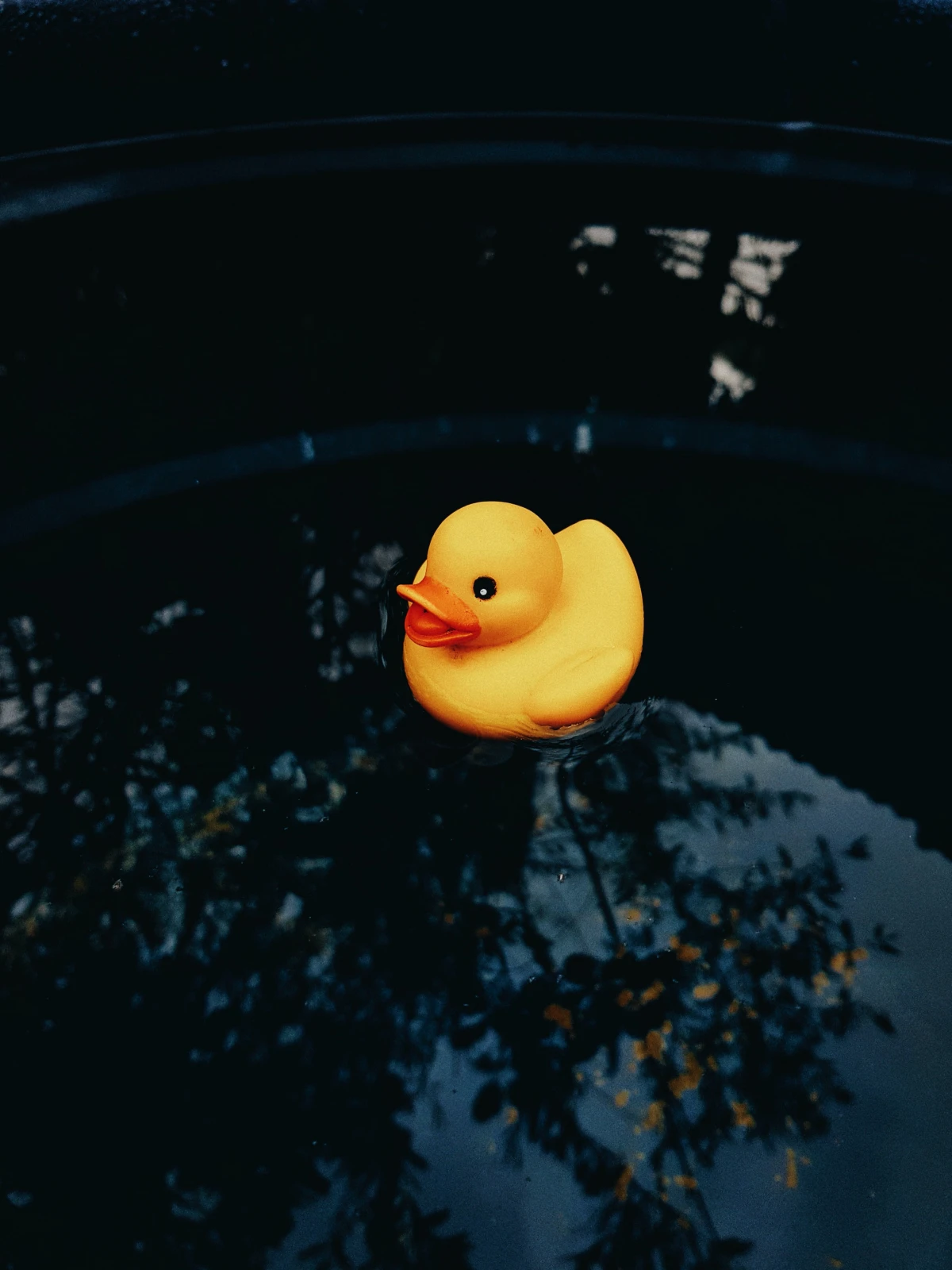
The Red List: NEVER Put These in Your Dishwasher
Some mistakes are just too costly. To protect your belongings and your machine, please keep these items out of there.
- Anything Wood: Cutting boards, spoons, knife handles. The heat and water will cause them to swell, warp, and crack.
- Cast Iron: This is a cardinal sin. The detergent will strip off all that beautiful seasoning you’ve worked so hard to build up, causing it to rust instantly.
- Good Knives: The water jets dull the blade, and the heat and moisture ruin the handles. Hand-wash your good knives, always.
- Non-stick Pans: Over time, the harsh detergent will destroy the non-stick coating, causing it to flake off into your food. Not good.
- Insulated Travel Mugs: The dishwasher can break the vacuum seal, and your mug will never keep anything hot or cold again.
- Crystal or Hand-Painted Glass: The heat and abrasion will cause permanent cloudiness (etching) on crystal and will strip paint or gold leaf right off.
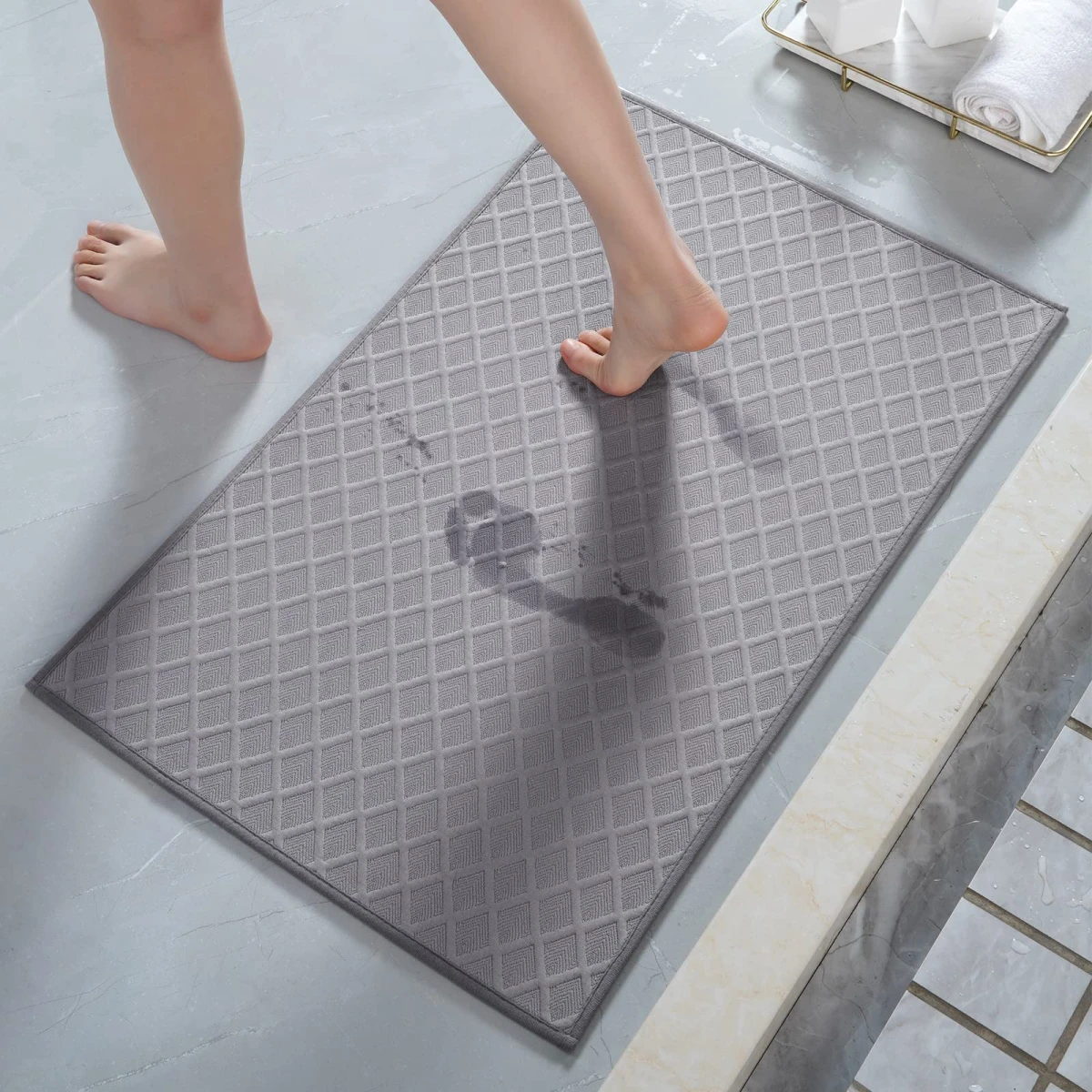
Final Thought: Respect the Tool
Your dishwasher is a powerful, sophisticated machine. When you know how it works, you can absolutely use it to make your life easier by cleaning and sanitizing all sorts of household items. But always think before you wash. Check the material, secure the item, and skip the high-heat cycles.
And when in doubt? A little soap, warm water, and some elbow grease is always the safest bet.
Galerie d’inspiration
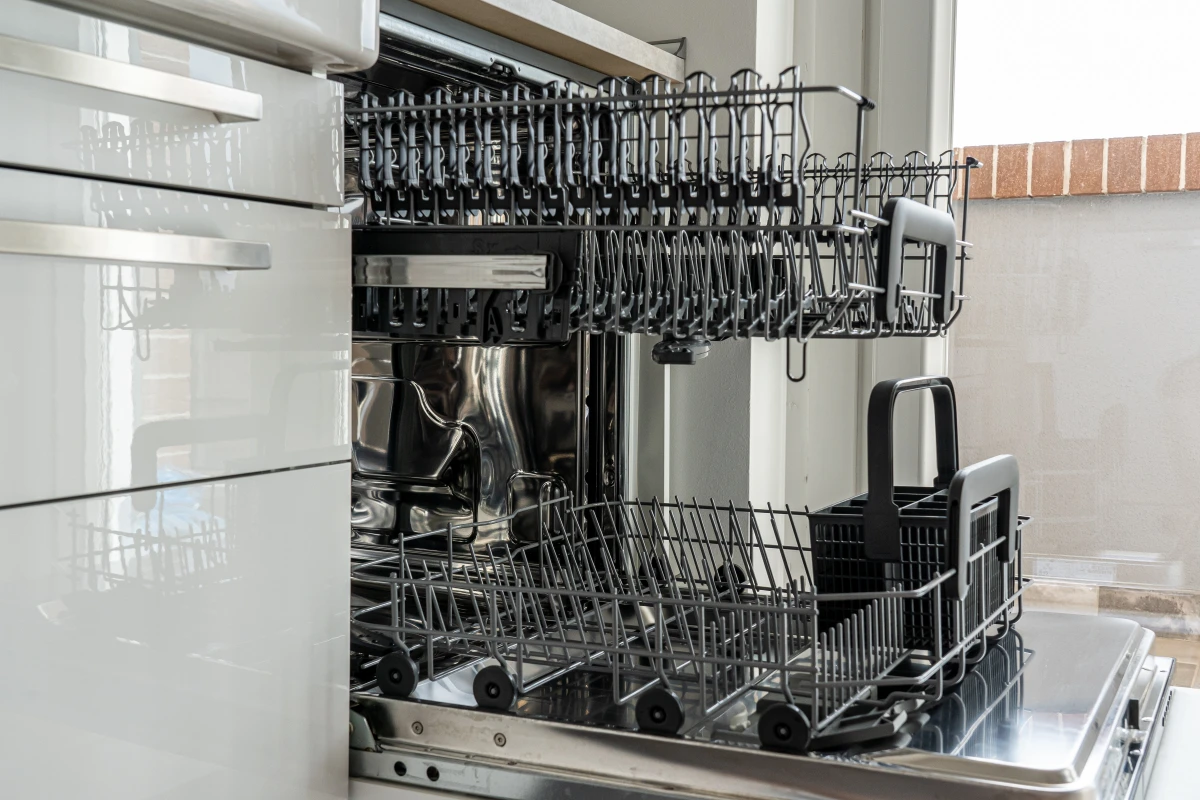
Can you really wash baseball caps, sneakers, or even LEGO bricks in there?
Yes, but with extreme caution and the right technique. For items like caps or canvas shoes (like Converse or Vans), always use the top rack and a specialized plastic frame or cage to help them keep their shape. Skip the heavy-duty detergent and absolutely turn off the heated dry function—let them air dry completely. For small items like LEGOs, place them securely in a mesh lingerie bag on the top rack to prevent them from falling and meeting the same fate as that infamous toy soldier. A gentle, low-heat cycle is your best friend here.










